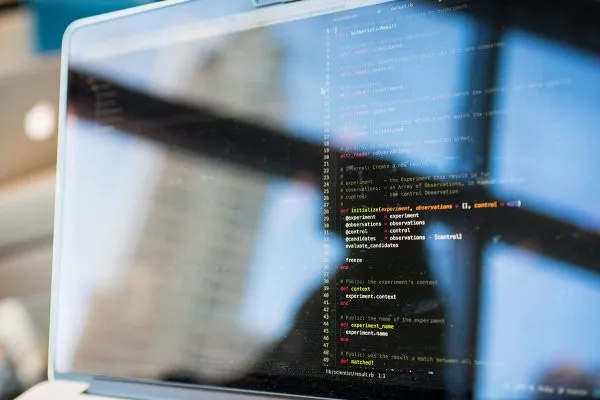Registration for the 4th edition of the Autonomous Greenhouse Challenge is closed. In the current edition, more than 20 teams will participate, there are more than 200 participants, 24 nationalities from all continents. The community around the theme continues to grow.
In this edition, Wageningen University & Research (WUR) and co-developer Tencent challenge teams to grow dwarf tomatoes remotely using artificial intelligence (AI). The competition starts this spring and consists of an Online Challenge in which AI and horticultural experts grow a virtual crop. The top five teams from the Online Challenge will get their own greenhouse compartment at WUR in Bleiswijk, the Netherlands, in autumn 2024. There, they will compete with each other to grow real dwarf tomatoes as sustainably and autonomously as possible.
More food thanks to autonomous greenhouses
With an ever-growing world population, the demand for fresh and healthy fruits and vegetables is increasing. According to the Food and Agriculture Organization (FAO) of the United Nations, it will require 60% greater food production to feed a global population estimated to reach 9 billion by 2050. Autonomous greenhouses can ensure that more people are fed with vitamin- and mineral-rich produce. In addition, these techniques can help improve food safety and increase the production of healthy vegetables while using fewer resources such as water and energy.

The potential of autonomous growing has been successfully demonstrated in previous editions of the challenge. This year, dwarf tomatoes take center stage. Tomatoes are traditionally grown in a high-wire cultivation system, and they grow meters tall, requiring a lot of manual labor. Dwarf tomatoes, on the other hand, remain compact, only about 40 cm high. This makes them ideal for full automation and cultivation in urban environments.
Challenge as a connection between AI and food production
By organizing the Autonomous Greenhouse Challenge, WUR and co-developer and technology company Tencent want to further connect the world of AI and food production, develop knowledge, and make this knowledge publicly accessible. The challenge is thus a contribution to global efforts to make food systems more sustainable.
Online challenge for AI experts
The first part of the 4th edition of the Autonomous Greenhouse Challenge will take place from 2 April to 31 May as an Online Challenge. This part of the challenge is focused on testing participants’ machine learning and computer vision skills. During the computer vision part of the challenge, teams must develop algorithms based on training images of dwarf tomato plants. Those autonomous algorithms must assess plant characteristics, for example, plant height, leaf area, the number of fruits, and their maturity.
In the machine learning part, teams are challenged to use machine learning to develop algorithms to autonomously control ventilation, heating, and lighting in a virtual greenhouse, among other things. The algorithms should stimulate the growth of a virtual dwarf tomato crop while minimizing the use of energy.
Hackathon event for participating teams
All participating teams will then be invited to a Hackathon event on 6/7 June at WUR in Bleiswijk. During this event, the points for the two parts of the Online Challenge will be announced. Teams can score extra points by performing an additional task and by giving a pitch of their approach in front of an international jury. The five best teams with the most points from all parts will be selected during the Hackathon event. They will receive their own greenhouse section in the autumn to prove their skills in a real dwarf tomato crop.
Source: wur.nl